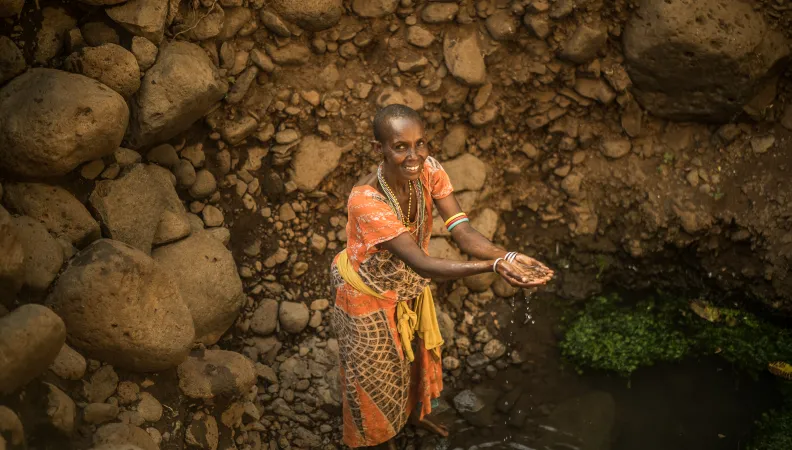Share the page
Conservation of biodiversity in North Kenya and development of pastoral communities
Project


-
Project start date
-
-
Project end date
-
-
Project duration
-
23 years
-
AFD financing amount
-
8000000 €
-
Country and region
-
Location
-
Marsabit
-
Type of financing
-
Beneficiaries
-
Kenyan Government
The project aims to establish conditions for sustainable development in an arid region of northern Kenya, in particular through protection of the Marsabit forest and promotion of sustainable management and use of natural resources.
Context
Kenya is one of the richest countries in the world in terms of ecology and biodiversity. Some regions, particularly the North, rely heavily on water towers such as Mount Marsabit. Social peace between pastoral groups, livestock fodder - the basis of the economy - and their watering, fuelwood stocks, actual or potential tourism activity and water supply to a few urban areas such as Marsabit town, depend directly on the preservation and proper functioning of these forest ecosystems and the many regulatory and supply services they provide.
The Marsabit complex (park, forest and reserve) is located 560 km north of Nairobi. In the middle of the desert, this mountainous forest island represents a unique and spectacular site. It is the only permanent water source in the region.
Description
This local development and biodiversity conservation project aims to establish the conditions for sustainable development in an arid region. The project thus seeks to improve the management of the protected areas of the Marsabit forest, which will also be enhanced by tourism and by the establishment of community natural resource management zones on their periphery.
The five-year project will be implemented as part of a coordinated territorial action involving Kenya Wildlife Service and Kenya Forest Service, local government, local NGOs, pastoralists and representatives of the city of Marsabit.
Impacts
The main expected impacts are the preservation of the Marsabit forest and the ecosystem services it provides, thus enabling the sustainable development of communities living on its periphery. The other effects of the project will be:
- Tourism development in North Kenya.
- The improvement of pastoral activity.
- Long-term sustainable management of wood, water and fodder resources.
- Improving security and conflict prevention.


